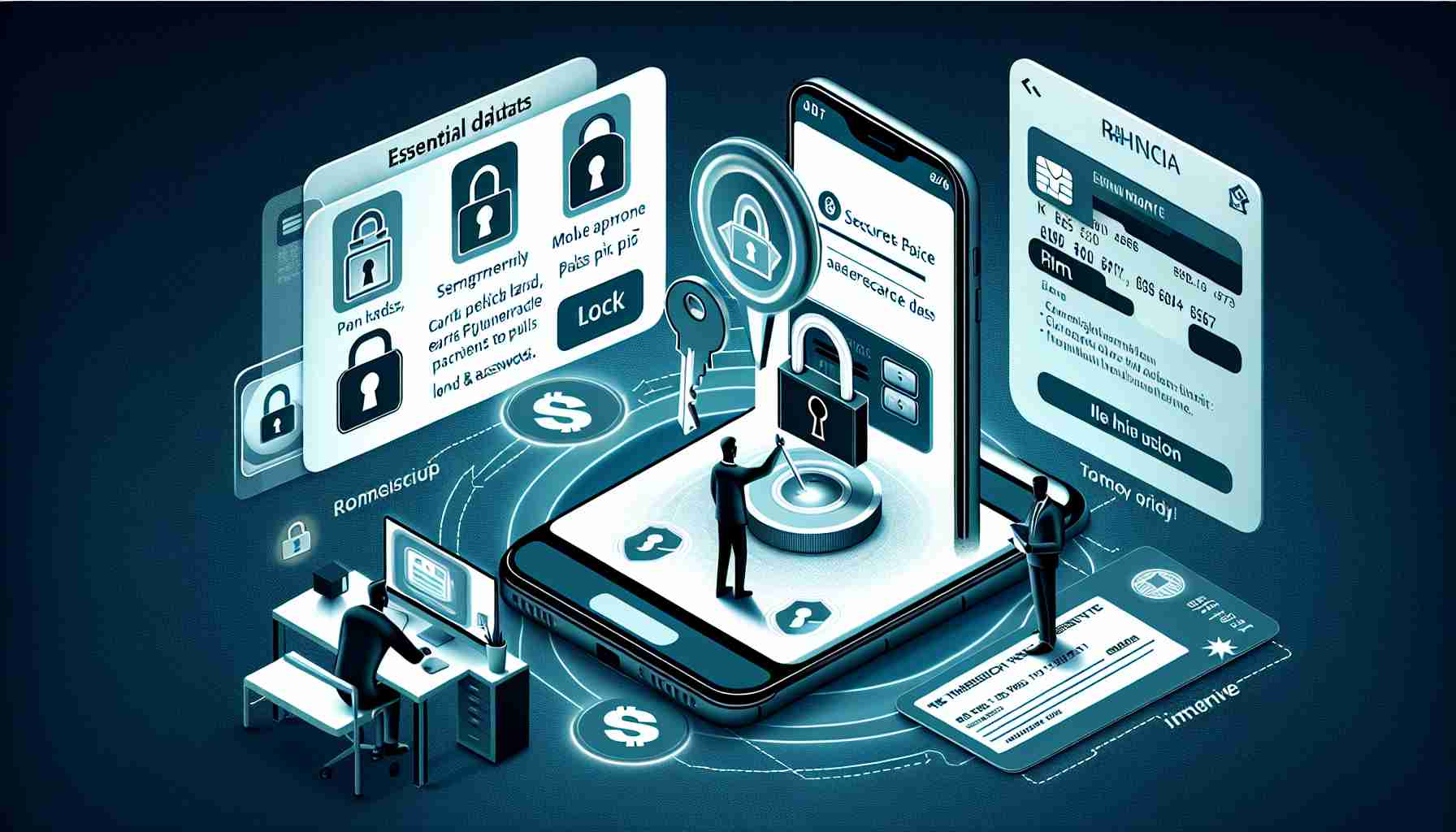In the modern age of digital banking, losing your mobile phone is more than just a mere inconvenience; it often poses a significant security threat to your financial data. Smartphones serve as a gateway to sensitive information, particularly if they fall into the wrong hands, since they receive numerous verification codes for transactions.
Preventing Financial Fraud Post The Theft of Your Phone
Once you realize your phone has been stolen, it’s crucial to act swiftly to minimize the potential for financial fraud. Your primary action should be to file a police report and immediately contact your network provider to block your SIM card. This prevents further One-Time Passwords (OTPs) from being received on your stolen device, rendering your banking PIN ineffective.
Further bolstering your defense, contact your bank to suspend your UPI ID. This action cuts off the hijackers’ access to make unauthorized fund transfers from your account. To address specific situations with popular payment platforms, here’s what you can do:
Handling Paytm UPI Credentials After Theft
Dial 0120-4456456 and navigate the IVR to report a lost phone and log out from all devices, securing your Paytm transactions.
Deactivating Google Pay UPI
Contact 18004190157 or use Google’s ‘Find my phone’ feature for Androids, and ‘Find my’ app for iPhones, to remove your phone number from the app’s database and take measures against unauthorized usage.
Securing PhonePe UPI Services
By placing a call to 08068727374 and passing verification procedures, you can reach customer support to block your UPI ID quickly.
Moreover, NPCI is stimulating competition within the UPI ecosystem by endorsing new players to join the fray and offer alternatives to the dominant services like PhonePe and Google Pay. Noteworthy recent additions to the UPI realm include Amazon Pay, Slice, Jupiter, Navi Technologies, Baja Pay, Tata Neu, and even entities like Zomato.
Being proactive in protecting your banking data is key in this digital era, especially following the loss or theft of your mobile device.
Why is it crucial to protect your financial data if your phone is stolen?
It’s crucial to protect your financial data if your phone is stolen because smartphones often contain a wealth of sensitive personal information, including access to banking apps, payment services, and the ability to receive verification codes such as OTPs, which could allow a thief to gain unauthorized access to your financial accounts and potentially steal funds or commit identity theft.
What are key challenges associated with protecting financial data on mobile phones?
The key challenges include the following:
– Keeping the phone secure before it is stolen (e.g., using strong passwords, biometrics, regularly updating apps and the operating system).
– Knowing the appropriate steps to take immediately after a phone is stolen.
– Balancing convenience and security in the use of mobile financial services (e.g., saving passwords or using auto-login features can be risky).
– Overcoming difficulties in coordinating between different service providers (banks, telecom operators, payment services) when securing one’s financial data after theft.
Are there controversies related to these protective measures?
The primary controversy revolves around privacy concerns. Measures taken by banks and service providers to protect financial data may involve increased surveillance and data collection, which can make some users uncomfortable. Additionally, there is also debate about who is responsible for losses in the event of mobile phone theft – the user, the bank, or the service provider – especially in the absence of swift protective actions.
What are the advantages of protecting your financial data?
The advantages include:
– Reducing the likelihood of financial fraud and theft.
– Preventing unauthorized transactions and identity theft.
– Maintaining personal and financial privacy.
– Ensuring peace of mind through increased security measures and protocols.
What are the disadvantages?
The disadvantages might be:
– Inconvenience due to the extra steps needed to secure accounts, such as contacting customer service, changing passwords, and setting up new pins or access protocols.
– Potential costs if service providers charge for issuing new cards, SIMs, or changing registered phone numbers.
For related information and to stay current on the best practices for financial data protection, you may want to visit websites of financial institutions or cybersecurity resources. Here are some links to main domains that can offer additional insights:
– Consumer Financial Protection Bureau
– Federal Trade Commission
– National Payments Corporation of India (NPCI)
– Federal Bureau of Investigation
Remember always to visit official and reputable sources to obtain accurate and up-to-date information.
The source of the article is from the blog guambia.com.uy
